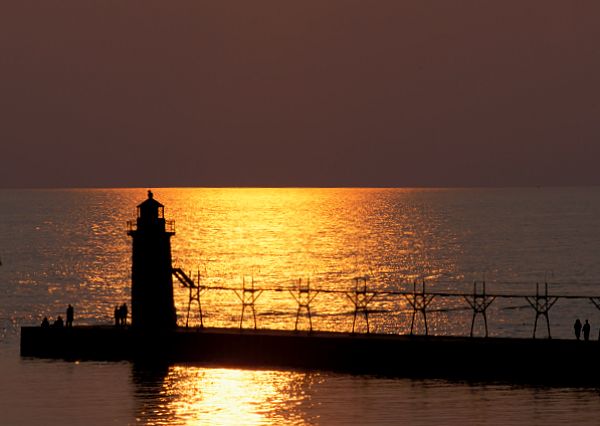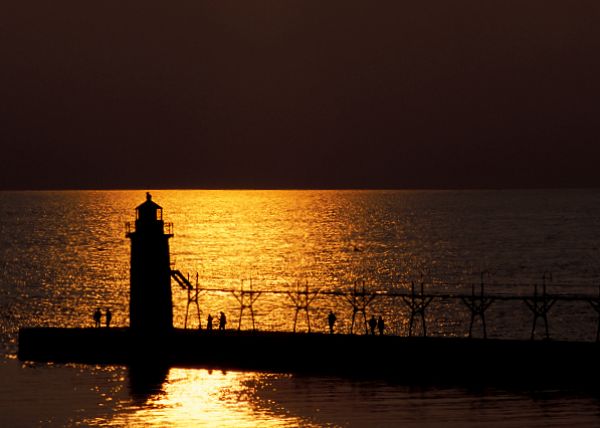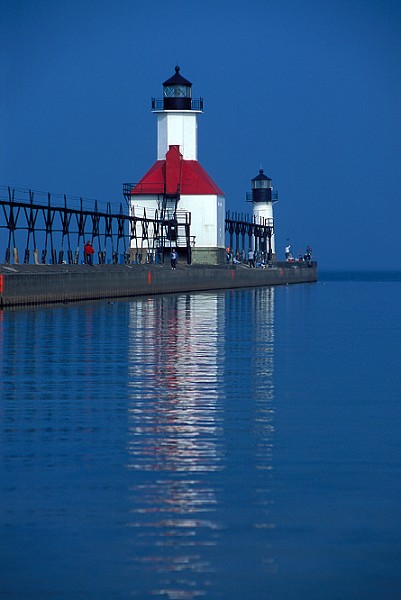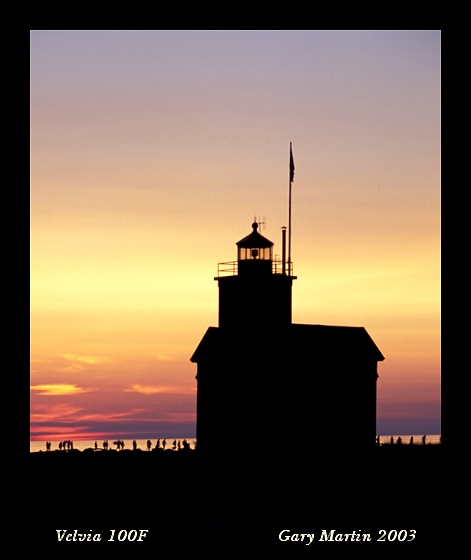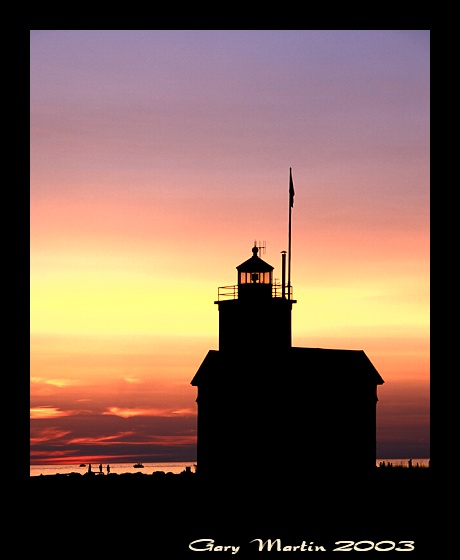Velvia 50 vs. Velvia 100F
Photos of Velvia 100F and Astia 100F have appeared in most of the photo mags that I see on news stands locally for some months and I know I've been waiting in anticipation of the "new" Velvia becoming available and wondering what it would be like. Recently, courtesy of the Fuji rep, I got a chance to play with some sample rolls. It still isn't available for sale, but at least I've got some side by side comparison shots I can share with folks! These shots were taken in my pair of Nikon F5 bodies, one loaded with Velvia 50, with which we're all familiar, and the other with Velvia 100F. I put a couple of my lenses on a tripod and went back and forth between the two camera bodies on the same lens with comparable (other than the 1 stop difference in film speed) exposures. |
|||
The comparison images that follow were identically scanned with all settings of my Nikon Coolscan 4000 ED scanner held constant for each pair of images. Slides were scanned at 500 dpi, saved as BMP's and then converted to jpegs with identical degrees of compression for posting. Shooting data were pulled down from the F5 bodies using Photo Secretary.
|
|
||
Velvia 50 |
Velvia 100F |
This first pair of shots was taken in a high contrast situation using a Nikkor 300 mm f/4 AF-S lens. The shot taken with Velvia 100F is clearly more saturated and much more contrasty than the Velvia 50 image. The apearture for both images was f/22. Shutter speeds were 1/40th and 1/80th sec for Velvia 50 and 100F, respectively. Changing my tripod setup to keep up with the angle of the sun as it was setting, some slides shot where the top of the lighthouse was above the sky were difficult to distinguish the lantern room of the lighthouse because of the contrast of the 100F. That didn't happen with the Velvia 50.
|
|
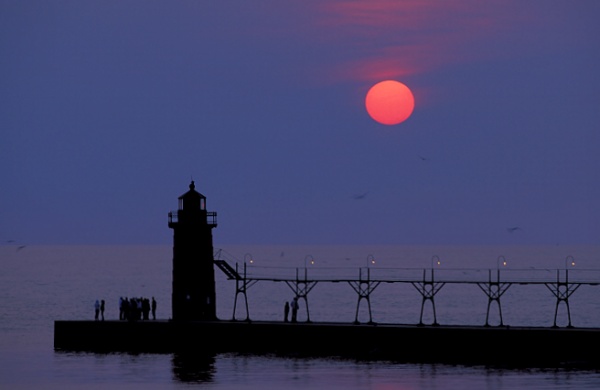 |
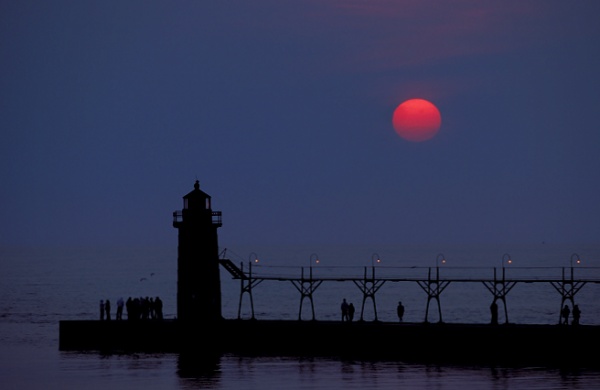 |
This second pair of images was shot again using a Nikkor 300 mm f/4 AF-S lens. The aperature was f/8 for both images. Exposures differed by a stop. Light levels were falling off, and the sun was sinking into the mists out over Lake Michigan pretty quickly as you can tell by the fact that the bottom of the sun's disc is partially obscured by the mists in the Velvia 100F image on the right. To what extent these images reflect a difference in the films vs. a change in the light is a subjective call. Personally, I prefer the results in the Velvia 50 image on the left in the case of this pair.
|
|
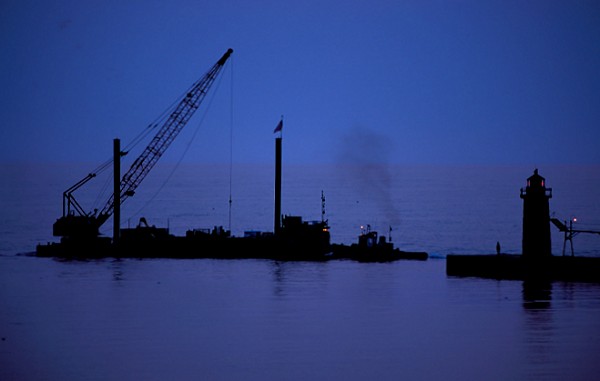 |
This image was shot on Velvia 100F. The extra stop it affords made the difference between capturing the image and either watching it wistfully disappear or getting a blurred image with Velvia 50 because of the slower shutter speed. Here, I like the contrast of the 100F. |
|
Lest you think I shoot only at night in low light... this photo of St. Joe was taken in the morning a couple of days after the evening when the previous images were shot. Normally, I wouldn't have left the film in my camera body, but since I only have a couple of rolls of Velvia 100F to play with... and despite the fact that my curiosity was killing me... I like the color saturation and contrast here. |
Velvia 100F
|
Provia 100F
|
| This pair of shots was a comparison shoot of Velvia 100F vs. Provia 100F. The Velvia exposure was shot first, probably a minute before the Provia 100F exposure. All settings on both camera bodies were identical. Here I prefer the richness of the color with the Provia 100F over the Velvia 100F. | |
I haven't had a lot of experience with Velvia 100F at this point so for me, the jury is still out. I think I'm probably going to end up shooting with both, the choice depending on the lighting situation I'm working in. It will be interesting to see how the Velvia 100F compares with Provia 100F. I still have some of the fomer, so maybe I'll do that next...
|
|

